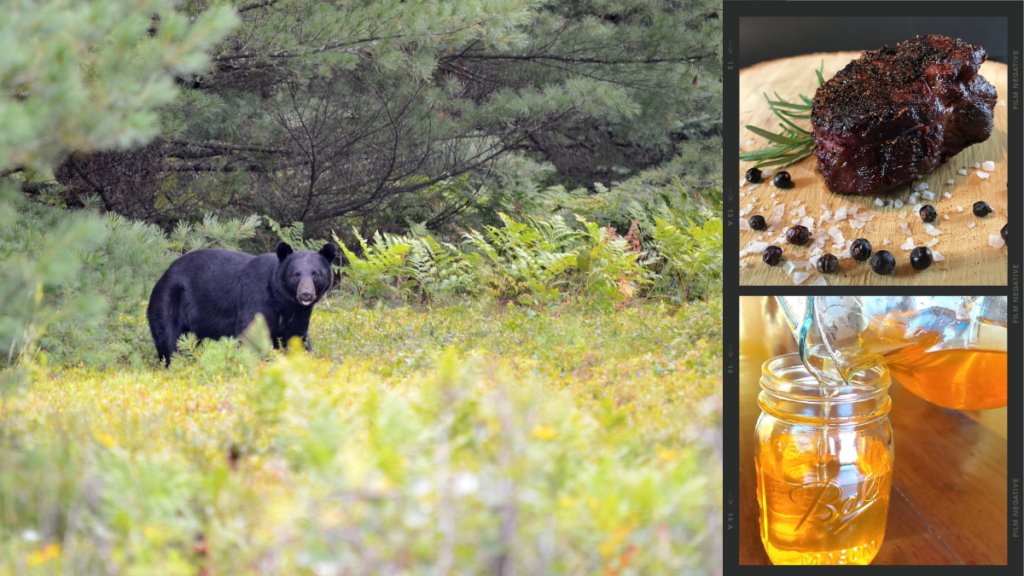Black Bear hunting occupies a unique place in the American psyche and landscape, blending historical necessity with modern conservation ethics. This practice, rooted in the survival and culinary traditions of early settlers, has evolved into a nuanced approach to wildlife management, guided by science and a commitment to environmental stewardship.
Science-Driven Wildlife Management
The role of wildlife biologists in bear population management cannot be overstated. Through comprehensive research, these scientists gather data on black bear numbers, health, and habitat conditions, forming the backbone of informed decisions regarding hunting quotas and seasons. This process ensures that bear hunting is conducted sustainably, with minimal impact on the species’ long-term viability. Wildlife biologists also monitor ecosystem health, ensuring that bear populations do not reach levels that could lead to habitat degradation or increased human-wildlife conflicts, which can be detrimental to both bears and humans.
Culinary Heritage: Beyond the Hunt
Black Bear meat has been a staple in the diets of many cultures, prized for its richness and versatility. Today, bear dishes offer a connection to a rugged past, with recipes that range from slow-cooked stews to smoked and barbecued delights. Bear grease, once a household staple for its cooking, medicinal, and waterproofing qualities, finds its place in modern kitchens and workshops, demonstrating the sustainable use of harvested animals.
– Wild Game Mincemeat Pie With Bear Lard Crust: Link
– How To Make Bear Grease: Link
– Smoked Black Bear Ham: Link
Spring Bear Hunting and Ecosystem Balance
The timing of spring black bear hunting is strategically set to coincide with the birthing period of ungulates such as deer and elk. By regulating bear populations during this critical time, wildlife managers aim to reduce predation on vulnerable newborns, supporting the growth of healthy ungulate populations. This management strategy is essential for maintaining balanced ecosystems where predator and prey dynamics are in harmony, contributing to the overall health of the wildlife community.
The Financial Backbone of Conservation
The economic contribution of hunters through license sales is a cornerstone of wildlife conservation funding. These funds directly support state wildlife departments, enabling ongoing habitat conservation projects, research, and the management of public lands. The Pittman-Robertson Act amplifies this impact by allocating funds from the sale of hunting gear and firearms to conservation efforts nationwide. This legislation has been instrumental in the restoration of numerous species, showcasing a successful model of conservation funded by hunters.
Dr. Gladys Kalema-Zikusoka on Walking With Gorillas Exclusive Interview(Opens in a new browser tab)
Conclusion
The tradition of black bear hunting, woven into the fabric of American history, serves a dual purpose in today’s world. It not only connects us to our culinary and cultural heritage but also plays a crucial role in conservation science. Through the sustainable management of bear populations, guided by the expertise of wildlife biologists and supported by the financial contributions of the hunting community, bear hunting emerges as a practice that respects the past while safeguarding the future of our ecosystems. As we continue to navigate the complexities of modern conservation, bear hunting stands as a testament to the power of tradition and science working hand in hand for the betterment of our natural world.
